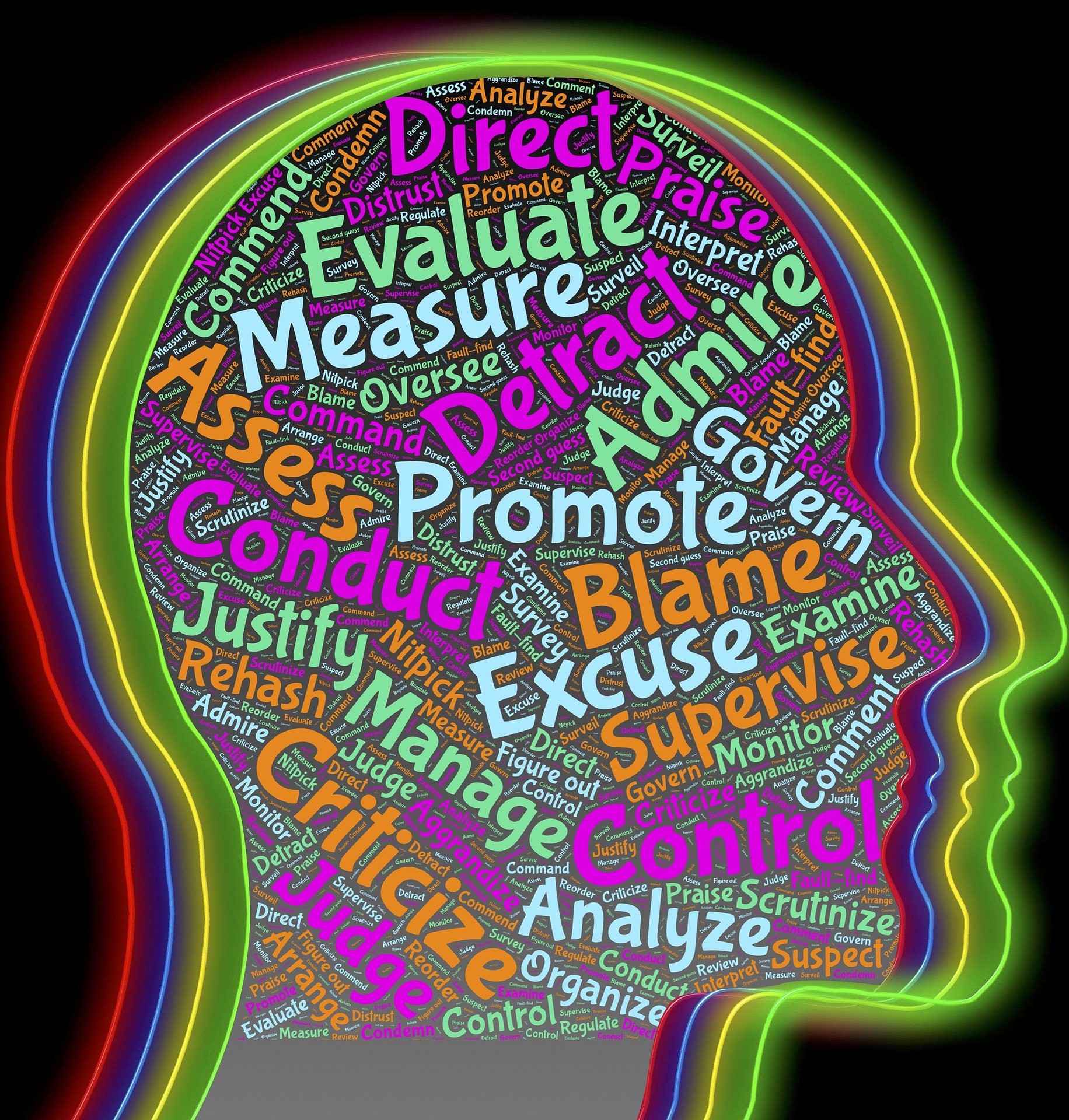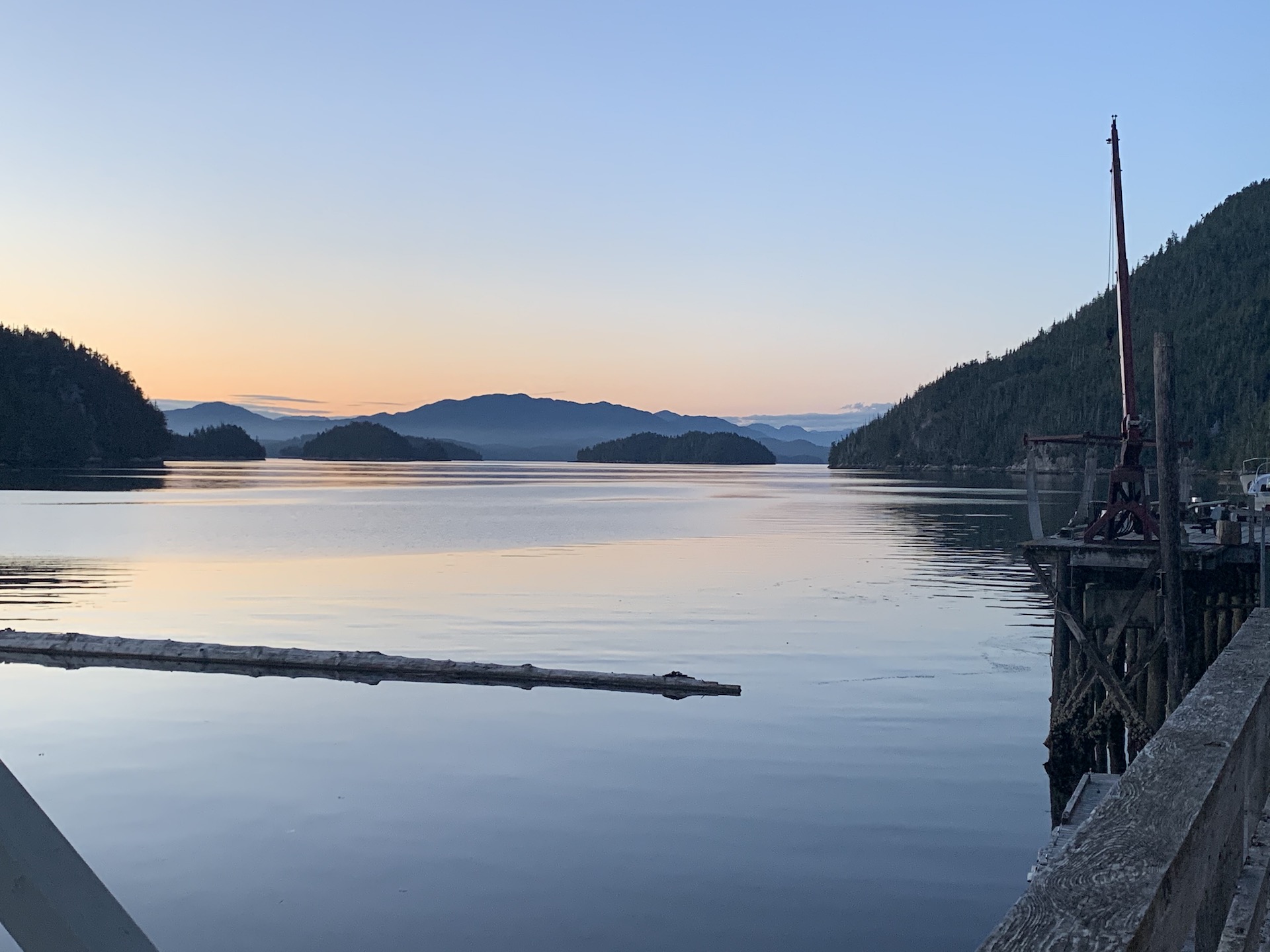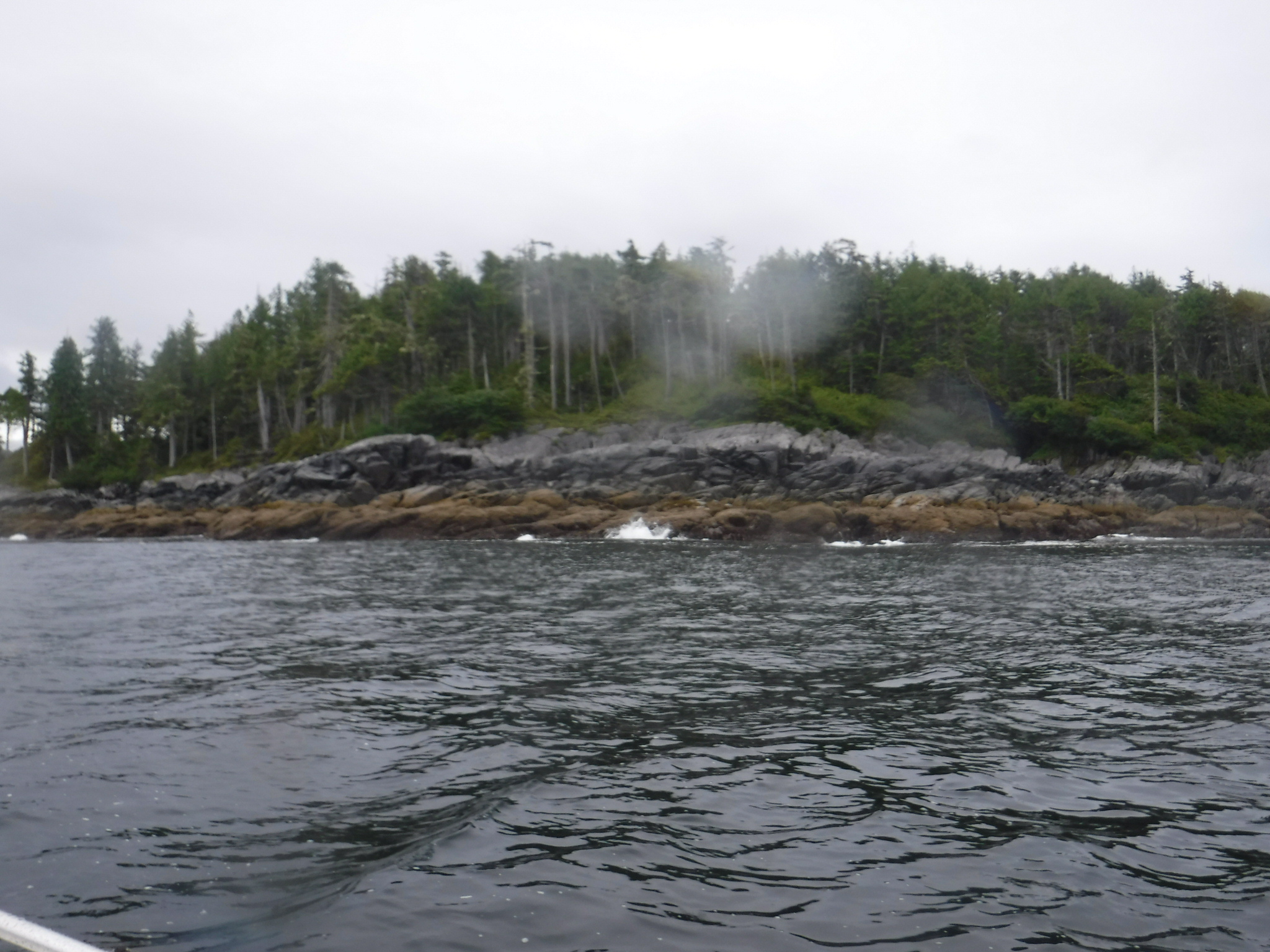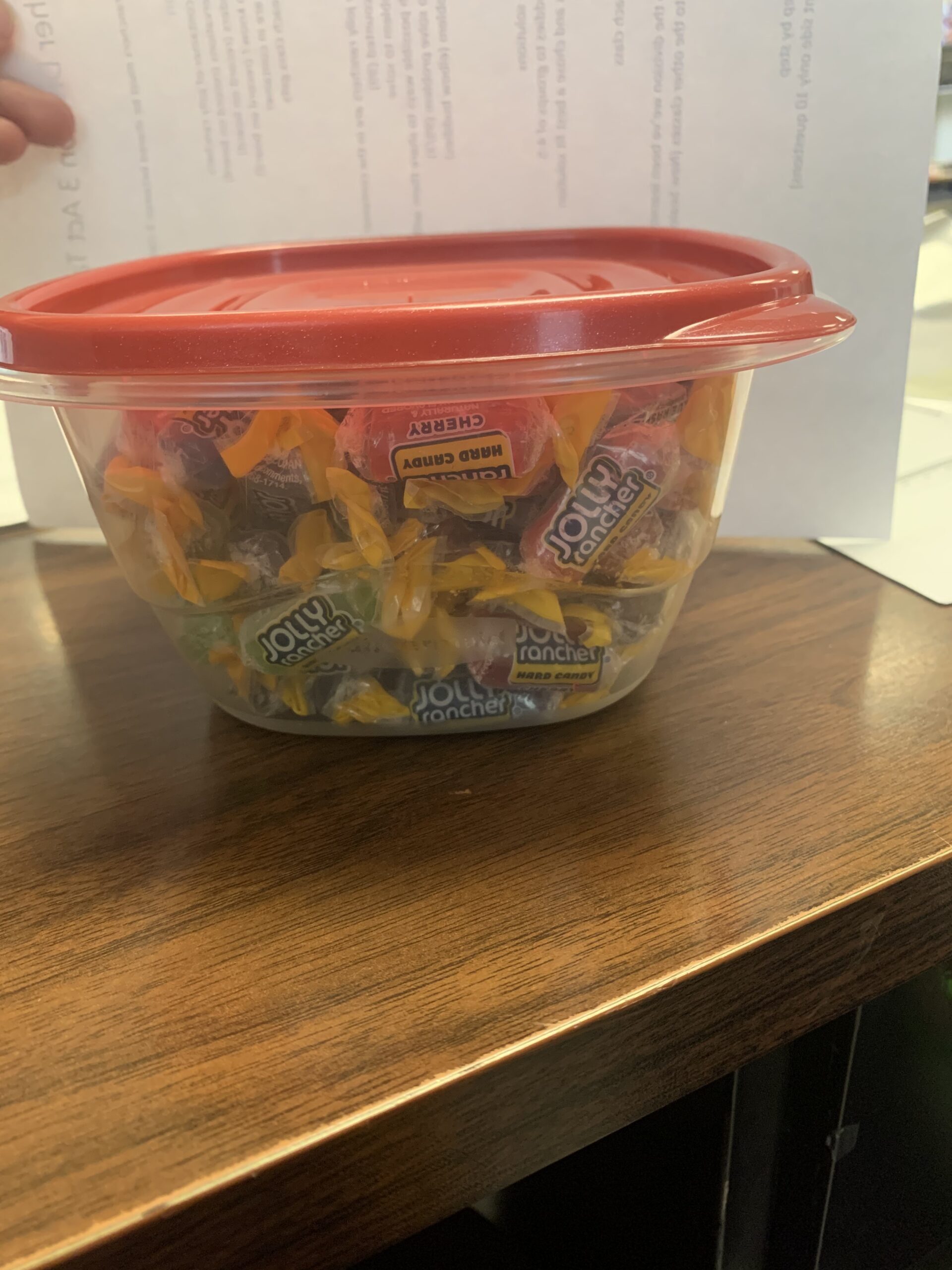I believe that all students should have access to a holistic and joyful learning environment for optimal growth. Students require daily opportunities to form connections, wonder, think and play. The belief that “learning is holistic, reflexive, reflective, experiential, and relational (focused on connectedness, on reciprocal relationships, and a sense of place),” (First Nations Education Steering Committee) forms the basis of my classroom vision and is reflected in the words below:
Holistic
Learning involves the whole student mind, body, and spirit. As an educator I cannot only focus on one aspect as this would limit student growth and hinder their potential. Seeing students holistically allows for their unique skills and talents to be shared, nurtured, and celebrated. By utilizing multiple philosophies and conceptions of curriculum I am able to provide learning opportunities that develop the whole person. This means expanding beyond using Bloom’s taxonomy for planning to utilizing Fink’s Taxonomy to ensure that the whole person is being developed. By using a combination of subject centered and student-centered approaches to curriculum I am able to create a rich, holistic learning environment for all students.
Connection
Learning is centered around relationships. As an educator I aim to foster meaningful connections between myself and my students, students, and their peers along with building connections to our broader communities locally and globally. Connections are also developed to the Big Ideas, Competencies and Content that we are teaching. By utilizing multiple approaches to curriculum, I can help my learners build a variety of connections.
Wonder
Rich learning comes from a place of wonder. I aim to give my students opportunities to engage in wonder on a regular basis on a variety of topics both from the prescribed curriculum and following their own inquiries related to the presented topics. Ideally, I would like to provide the opportunity for students to follow their own open inquiries and wonders.
Thinking
Both critical and creative thinking are essential skills that students need for life beyond the classroom. Students require opportunities to practice their thinking skills in relation to a variety of topics, questions, and challenges. My role as an educator is to help learners understand their own thinking and help them extend their ideas. Thinking also includes reflection on our learning and our progress, this can take the form of self reflection and self assessment.
Play
In my classroom play is an essential part of learning leading to opportunities to think, wonder and connect. Play provides an opportunity for students to explore their ideas and build vital communication skills for living and working in communities. Play also nourishes self-regulation and social skills.
Joy
Learning should be joyful! Classrooms should be a positive, safe and caring environment where students want to learn. Students should have the opportunity to pursue the things that bring them joy and make them feel successful. Students should see themselves reflected and represented in their learning. Students also have the opportunity to do meaningful learning that makes them proud of themselves.
Growth
As people we are never finished growing. Growth is a lifelong journey and the people we meet along the way help to shape us and lead us. As an educator I am part of a learner’s journey for a short time, during our year together it is my goal to walk alongside them to help them reach their next destination.
Assessment plays a large part in our journey towards growth, with out regular assessment it is not possible to see where we have been and plan for where we are going next. I believe that in an elementary classroom most assessment is formative and on going. Assessment allows me to both celebrate growth that has occurred and work with learners and their families to plan for further growth. Daily conversations with students, observations of student work and larger assessment pieces showcase student growth and allow me the opportunity to assess student understanding. By utilizing performance scales and consistent rubrics throughout the year for core subjects and competencies it is possible to track student growth overtime and determine where my instruction has been successful and where I have created gaps. Students also need opportunities to engage in self assessment and self reflection to monitor their own growth and to be active participants in planning for their own growth. Assessment is a tool to monitor and plan for student growth.




